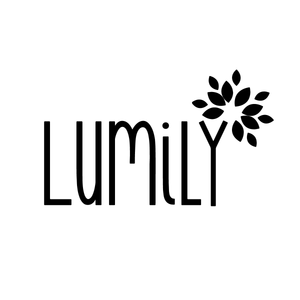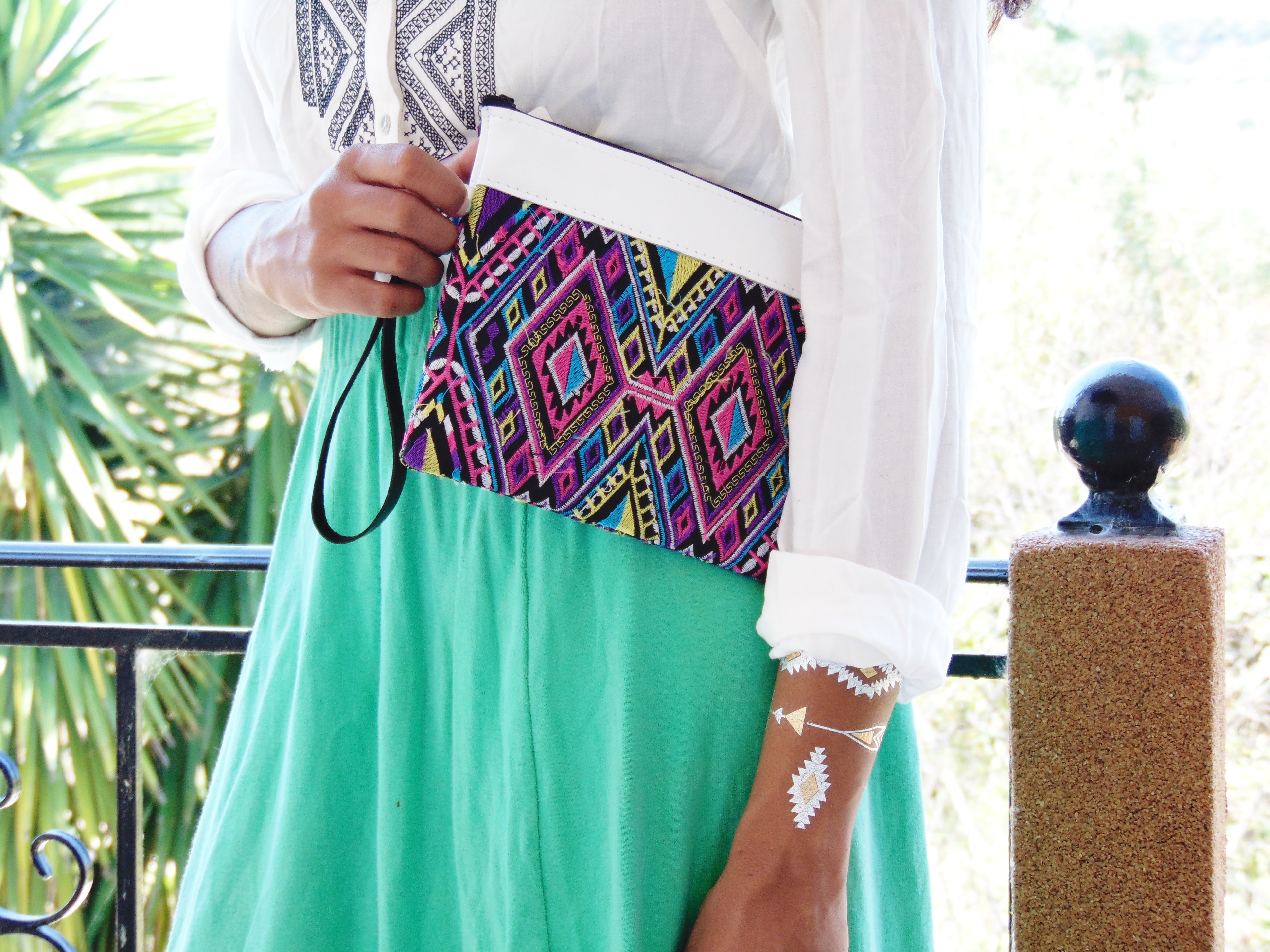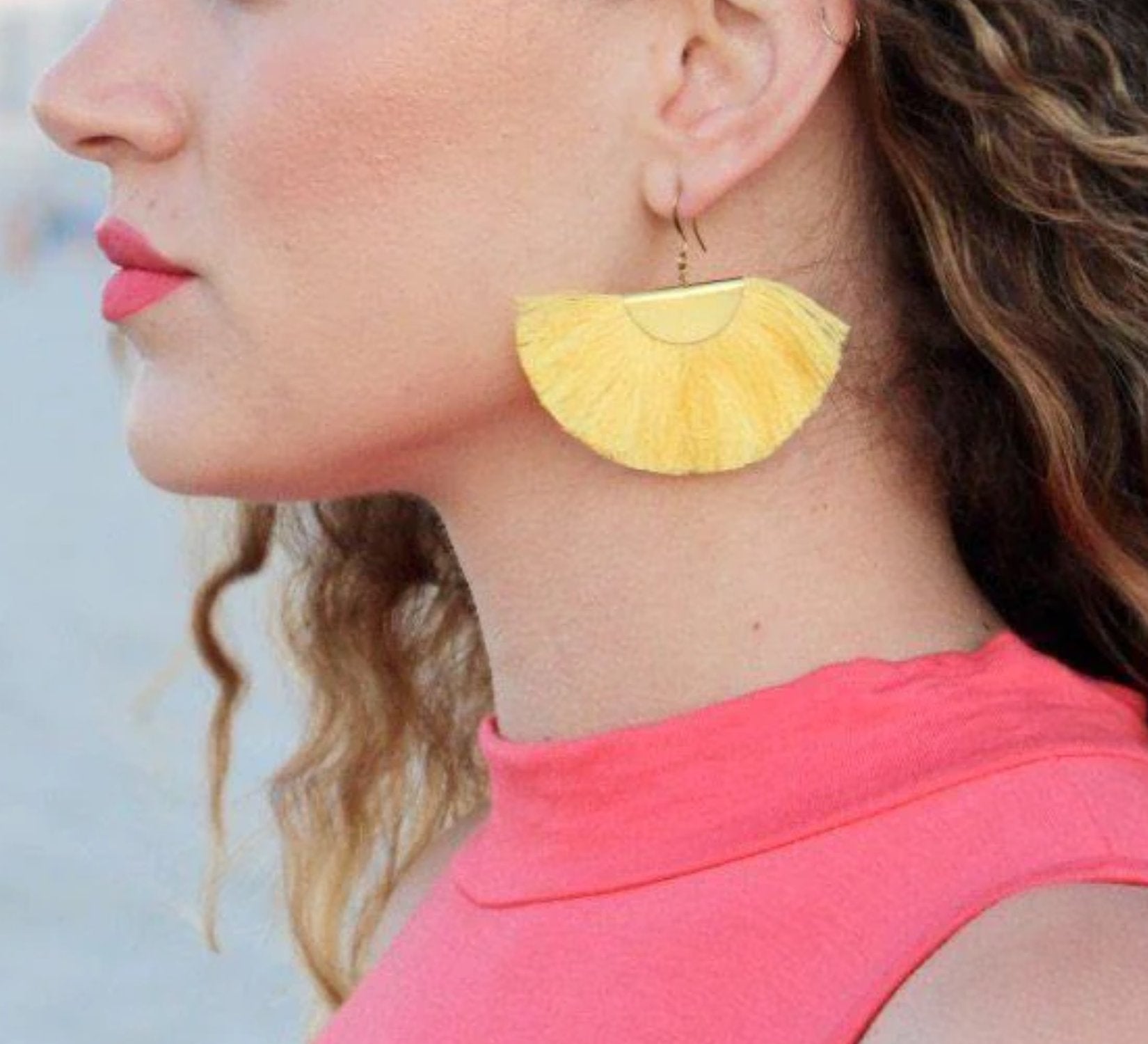The History and Significance of Day of the Dead
Every year, on November 1st and 2nd, the streets of Mexico bloom with vibrant colors, aromas, and joyous gatherings to celebrate Día de los Muertos, or Day of the Dead. More than a holiday, it’s a deeply spiritual occasion that combines Indigenous and Catholic beliefs, where families honor and reconnect with their loved ones who have passed away. This festive tradition invites the spirits back into the lives of the living, celebrating the memories, stories, and legacies they left behind.
Day of the Dead holds a central place in Mexican culture, emphasizing that death is not the end but part of a larger cycle of existence. At Lumily, we are honored to support this beautiful celebration by offering hand-crafted artisan products, ideal for ofrendas (altars) that keep this tradition alive. Our products, lovingly made by skilled artisans, can add a meaningful touch to your Día de los Muertos altar, bridging the worlds of past and present.
Origins of Day of the Dead

The roots of Day of the Dead stretch back over 3,000 years to the Indigenous civilizations of Mesoamerica, such as the Mexica, Maya, and Zapotec. These cultures embraced a cyclical view of life and death, considering them interconnected parts of a continual journey. Celebrations similar to Día de los Muertos were observed during the harvest season to honor the Earth and the deceased, whom they believed returned to the land of the living annually.
When Spanish conquistadors arrived in the 16th century, they introduced Catholic rituals around All Saints’ Day and All Souls’ Day. Over time, Indigenous customs merged with Catholic practices, creating a unique celebration that retained core Indigenous values, blending them with Catholic elements. This integration of beliefs laid the foundation for the Día de los Muertos we celebrate today—a combination of pre-Hispanic spirituality and Catholic rituals that honors ancestry, love, and remembrance. Learn more about these historical aspects from History.com’s guide and Britannica’s detailed entry.

The Spiritual Significance of Day of the Dead
To understand Day of the Dead, it’s essential to appreciate the Indigenous worldview on death. Many Mesoamerican cultures saw death not as an end but as a return to life in another form. Day of the Dead is a chance for families to welcome back the spirits of their loved ones, guided by an altar adorned with items they cherished in life.
The ofrenda serves as a beacon that brings the spirits home, creating a bridge between worlds. The act of honoring loved ones reaffirms the idea that their spirit lives on through cherished memories. By decorating altars, making favorite foods, and sharing stories, families keep the essence of their loved ones alive. Día de los Muertos is a way of embracing both life and death, where joy and remembrance meet, preserving cultural identity and honoring ancestral legacies. Explore our collection and add a piece of heritage to your space!
Traditional Elements and Their Symbolism in Day of the Dead
The ofrenda, or altar, is the heart of Day of the Dead. Each element on the altar has symbolic meaning, and all come together to welcome and honor the spirits.
-
Candles: Lit candles are placed on the ofrenda to light the way for spirits returning to the world of the living. Each candle represents a loved one, and the soft glow invites their presence, keeping them close.
-
Marigold Flowers (Cempasúchil): The bright marigolds guide spirits with their vibrant color and strong fragrance. Known as the "flower of the dead," these blooms symbolize love and hope, paving a path for spirits to find their way home.
-
Sugar Skulls (Calaveras): Playfully decorated skulls represent the coexistence of life and death, a reminder that death is part of the human journey. Their cheerful designs are intended to honor rather than fear death.
-
Pan de Muerto (Bread of the Dead): This traditional bread, often adorned with bone-like decorations, represents nourishment and hospitality. Families place it on the altar as a welcoming gesture to the spirits, along with other foods their loved ones enjoyed.
-
Photographs and Personal Mementos: Including photos and items significant to the departed makes the altar personal, a direct invitation to the spirit to join the celebration. These items symbolize the connections between the living and the dead, linking memories to tangible forms.
Each piece on the altar tells a story, allowing families to honor their departed loved ones and find comfort in their memory. Day of the Dead isn’t merely a reflection on death but a celebration of a continuous connection with ancestors. For more details on these elements, check out My Modern Met.
How to Create a Day of the Dead Altar with Artisan Products
Creating a Day of the Dead altar at home is a meaningful way to participate in this tradition, whether or not you have Mexican heritage. The altar, typically arranged on multiple levels, serves as a spiritual gateway. To begin, you can add items that hold significance to your family, such as candles, photos, and favorite foods of your loved ones.
Hand-crafted products add a special touch of authenticity and cultural respect. Here are some ideas:

-
Textiles and Decorative Cloths: Colorful, handwoven textiles can be used to dress the altar, adding warmth and tradition. Each piece is unique, celebrating the skills passed down through generations of artisans. Explore these unique pieces in Lumily’s collection.
-
Decorative Figurines and Ornaments: Consider adding artisan-made ornaments, each crafted with care and respect for the Día de los Muertos tradition. These items reflect the dedication of artisans and bring an added beauty to your altar. Discover the collection here!
When you incorporate handmade, fair trade items, you’re not just building an altar—you’re supporting a sustainable, ethical economy. You’re also contributing to the preservation of cultural heritage, ensuring that the stories and traditions carried by Lumily’s artisans continue to thrive.
Day of the Dead Around the World: The Evolution of a Tradition

Though rooted in Mexican culture, Día de los Muertos has spread across the globe, with communities in the United States and beyond celebrating it in their own ways. This migration of tradition is a testament to its universal appeal, symbolizing respect for life, family, and memory.
In the U.S., Día de los Muertos has become widely celebrated, especially in areas with large Mexican-American communities. Schools, museums, and cultural centers host celebrations, inviting people from diverse backgrounds to learn about and participate in this beautiful tradition. Art installations, public altars, and community gatherings allow people to remember loved ones in a way that respects the original intent of Día de los Muertos.
As it gains international recognition, Día de los Muertos remains a source of cultural pride for Mexicans. In 2008, UNESCO declared it an Intangible Cultural Heritage of Humanity, recognizing its role in preserving cultural identity. Today, it bridges generations and brings people together, a testament to its power to transcend borders and remind us of the universal human desire to honor those who came before us.
Day of the Dead Beyond Mexico
Though firmly rooted in Mexican culture, Day of the Dead has spread worldwide, especially in areas with large Latino communities. From Los Angeles to Chicago, cities host parades, cultural events, and community altars. These celebrations welcome people from all backgrounds to experience and honor Mexican heritage. Notably, the tradition gained global popularity after appearing in pop culture, such as the Disney-Pixar film Coco.




Day of the Dead is more than just a holiday; it’s a sacred time to honor loved ones and embrace the life-death cycle with reverence and joy. By participating in this tradition, you connect with a larger legacy and celebrate the gift of memory. Whether you’re new to Day of the Dead or have celebrated it for years, Lumily’s artisan products offer a unique way to create an altar that respects the beauty and depth of this tradition. For further reading, explore resources like The Grace Museum’s detailed explanation on the symbolism behind each altar element.
Take a look at Lumily’s catalog and explore hand-crafted items that can add depth, beauty, and authenticity to your Día de los Muertos celebration. Embrace this tradition as a way to connect with your roots, honor your loved ones, and join a global community that celebrates life through the power of memory. Shop Now!









Leave a comment